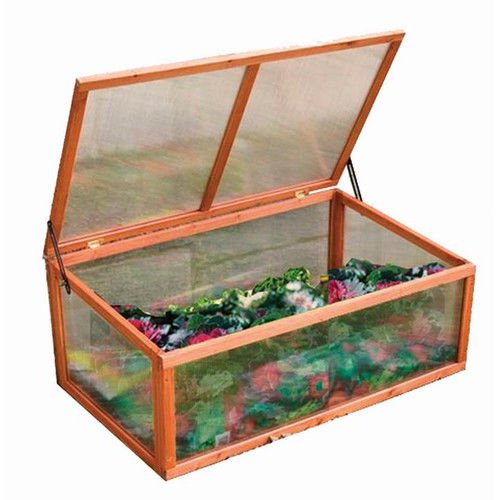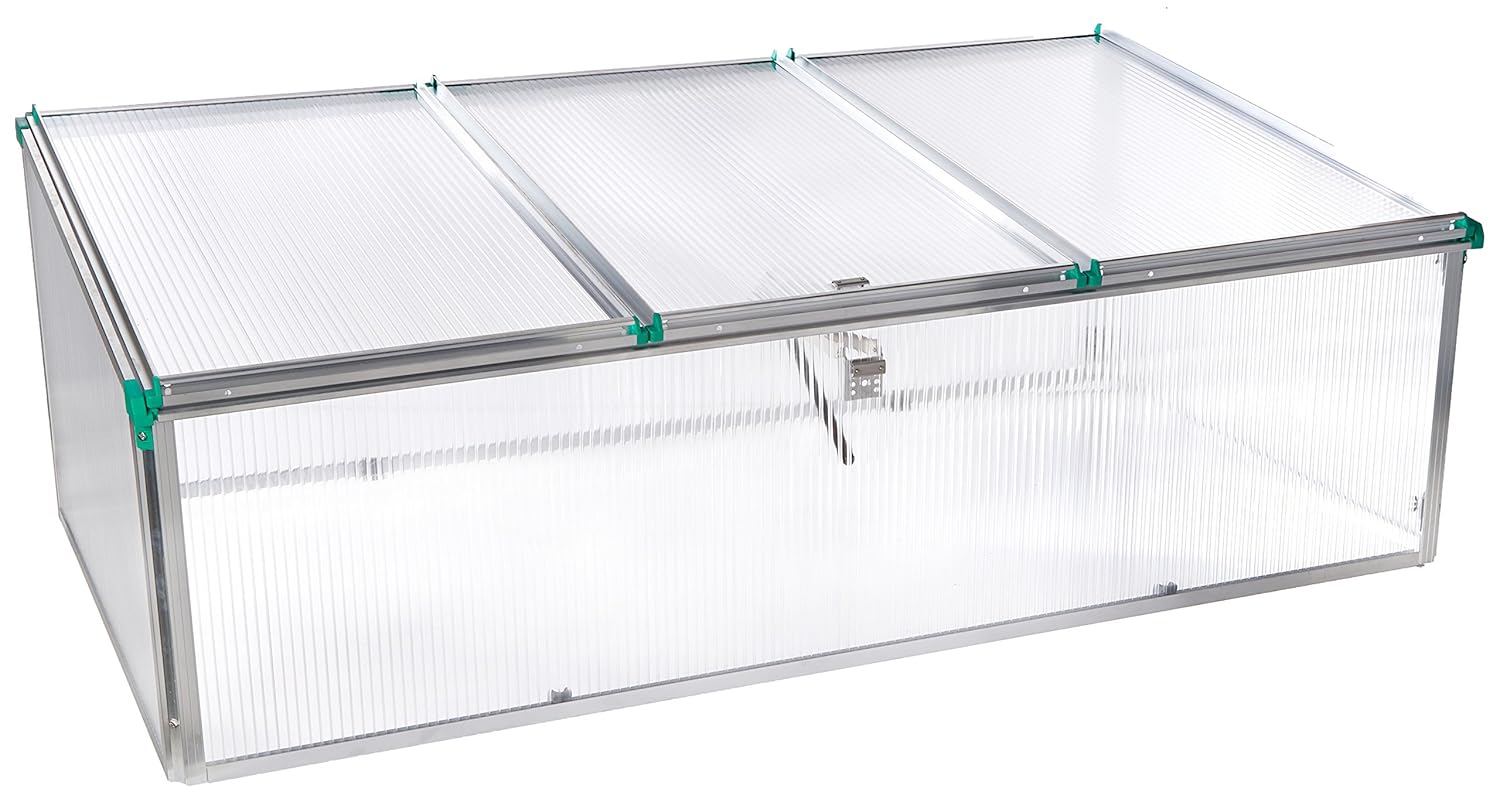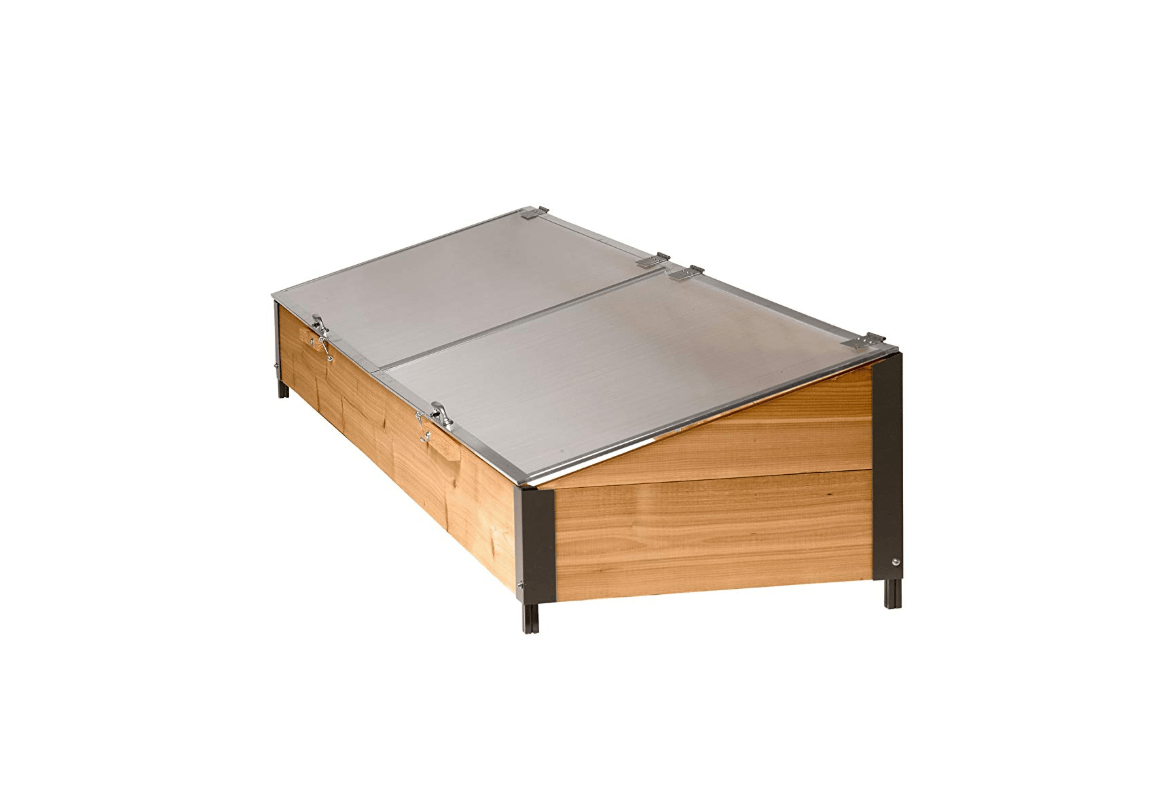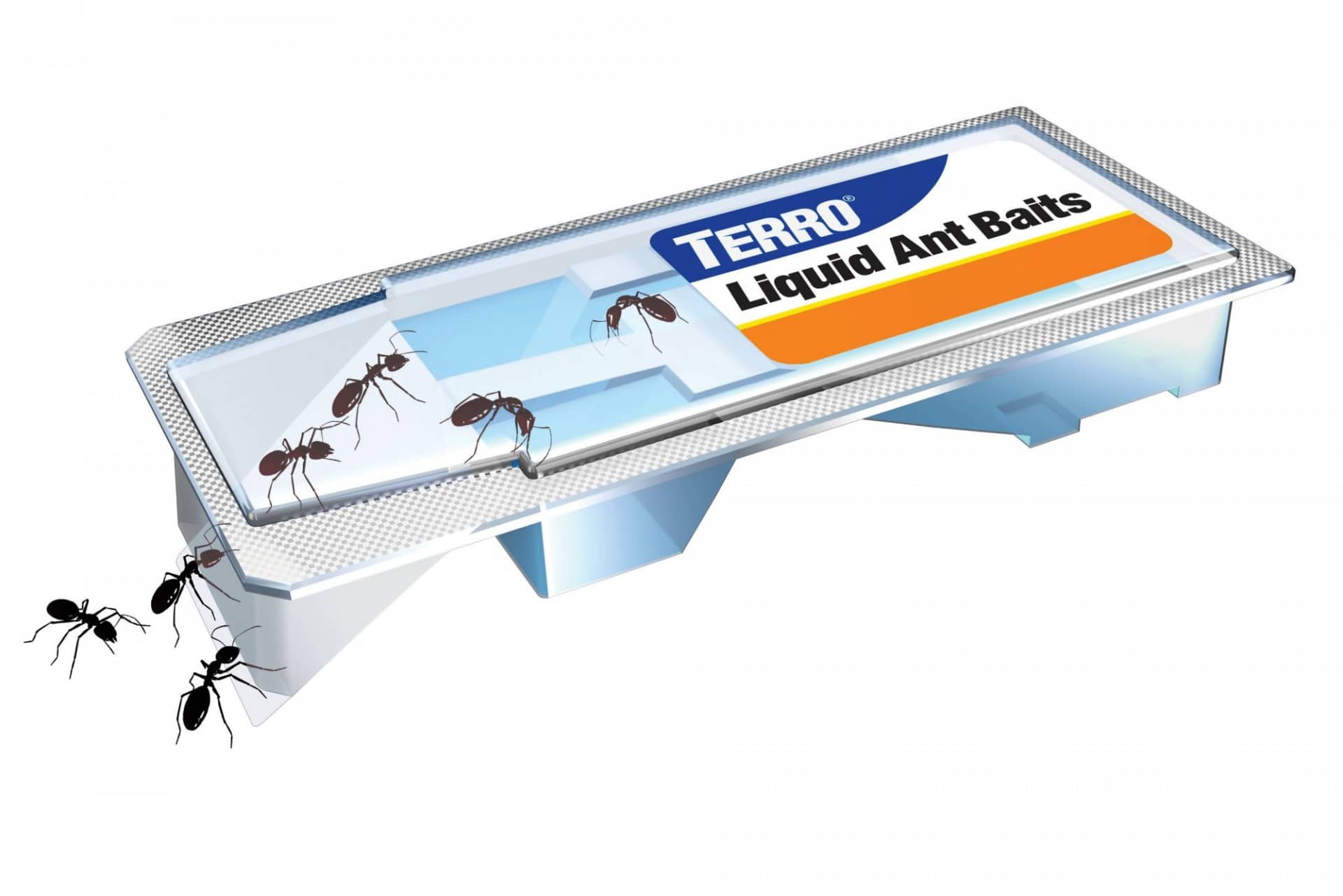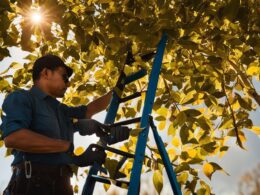While there are many reasons to enjoy winter, from the snow to the lights, the festive atmosphere, and so on, there’s no denying that this is also a challenging season, mostly because of the cold weather. If you don’t mind the cold yourself, your plants might not be able to say the same. And while they can’t communicate that to you verbally, they’ll let you know by refusing to grow properly and to provide you with any supplies for the cold season.
If you want to be able to grow vegetables in winter as well, but you don’t want to spend a lot of money on a greenhouse, then we suggest you try some cold frames. If you’re not familiar with the concept, don’t worry. Today, we’re going to tell you all about cold frames and how you can use them for your gardening necessities.
Cold Frames Definition
Cold frames are exactly what they claim to be, some frames that are meant to protect your plants from the cold. Moreover, much like a greenhouse, a cold frame allows plenty of sunlight to reach your plants. The structure of a cold frame is quite simple, which is why most people prefer them over greenhouses. Cold frames look like boxes, except they don’t have a bottom, and the top is either translucent or clear, and easy to remove. They’re easy to make and also easy to use. But how does a cold frame work? Well, it works with insulation and energy coming from the sun.
Cold Frame vs Greenhouse
We’ve already mentioned the word “greenhouse” a couple of times in this article, which is why we thought it useful to establish the differences between a cold frame and a greenhouse. First of all, a cold frame requires much less space than a greenhouse. So if you don’t have a large garden or backyard, you’re going to prefer this option.
Secondly, a cold frame is easier to use, in that all you need to do to check on your plants is open the top. Thirdly, cold frames are easier to build and don’t take that much skill and effort, as opposed to greenhouses. Other than that, they work in pretty much the same way. That’s by trapping heat inside on their structure and allowing sunlight to reach the plants through a transparent cover.
Cold Frame DIY
Before we get into how to use a cold frame for growing vegetables in the cold season, allow us to take you through the steps of actually building one. The first thing you’re going to need are some wooden frames. Their length is dependent on how large you want the cold frame to be. Put them together directly on top of the soil, making sure that the back frame is taller than the front one.
Then, you have to think of what you’re going to use as a cover. For this, you can use some old windows, if you’re lucky enough to have some around the house. Just attach them with some hinges that allow for easy opening. If glass is not an option, plexiglass or a plastic cover also work. You don’t necessarily have to make a base for the cold frame. However, if you really want one, just make sure that it has good drainage.
Tips on How to Maximize the Potential of Your Cold Frame
Even if cold frames do most of the work by themselves, there are things you can do to make sure your cold frame is working at its best.
For instance, we advise you to place it in an area where it can get plenty of sun. Also, make sure the soil you choose drains well. For extra sun exposure, the sloped cover should be facing south. If you want to protect the cover from strong winds, place the back frame against one of the walls of your house. Moreover, remember that you’re going to want your plants to have access to plenty of nutrients. This means that before actually planting anything inside of the frame, you should use plenty of fertilizer.
There’s no way of controlling the temperature inside the cold frame. Thus, you’ll have to rely solely on the sun’s energy. Still, you can at least get a feel of the temperature inside the frame by placing a thermometer there. Whenever the weather gets extra cold, make sure to cover the frame with some blankets or hay. Some extra amount of heat can also be assured by placing black jugs filled with water around the frame. On the contrary, when it’s too warm outside, remember to slightly open the top of the frame. This will allow fresh air to reach your plants.
How to Grow Plants in a Cold Frame
While cold frames are indeed great additions for any gardener who is not ready to let go of his or her gardening activities once winter arrives, that doesn’t mean that you can grow absolutely anything you want in a cold frame. Cold frames work best with plants which are naturally resistant to cold weather. For instance, tomatoes might not be an option, but carrots, scallions, and all sorts of salads definitely are.
One of the best types of vegetables that you can grow in a cold frame is spinach. You can enjoy fresh spinach all year round with just a little bit of maintenance. Similarly, carrots and scallions thrive in such a setting. You should plant carrots in late summer, and you’ll be able to munch on them in winter as well. The only thing you should remember is to apply a layer of straw to protect them from the cold in late fall.
If you love green salad, then you should definitely try growing some in a cold frame. Plant lettuce, corn salad, radicchio, claytonia, minutina, arugula, and many others. Remember that not all climates allow for every single one of these vegetables to grow in a cold frame. Thus, whether or not you’ll be able to harvest all of them in winter depends on the area you live in.
One of the most important things you should remember is that in order to enjoy fresh vegetables in winter, you’re going to have to plant them in the summer, more specifically in the month of July. It might also happen that after a while, once the weather starts to get colder, some of your crops will fail. This is nothing to worry about since it is a common occurrence under harsh weather conditions. What you can do is try to sow them again.
Snow can actually help your plants. As long as it’s not too heavy, you can leave it on top of your frame for a while. It will capture heat more effectively. The best thing about cold frames is the fact that plants require little to no maintenance. You’ll still have to water them until November, but that’s about it. Moreover, after November, you don’t even have to worry about that. All you have to do is harvest the plants when they’re ready.
Where Can I Find a Cold Frame for Sale?
If you’re not handy enough, or you simply don’t have the time to build your own cold frame, you can choose to buy one and get it delivered to your house. We browsed through Amazon, and we gathered a selection of three of the best cold frames you can order online.
1. Advantek Cold Frame Greenhouse
This type of cold frame is small and compact, so it won’t take up a lot of space in your garden. Moreover, it’s also extremely lightweight, so you can move it around at your convenience. The lumber is weatherproof, and the top of the frame is UV proof. You don’t have to worry about the frame rusting because of humidity since the hardware is galvanized. If all of these characteristics appeal to you, you can purchase this frame for only $59.98.
2. Exaco Juwel BioStar 1500 Premium Cold Frame
A slightly more expensive cold frame ($309.99), this one is larger than the first one, it comes with three separate panels that open and windows which are made of 8mm polycarbonate material. The frame is UV resistant, and you get a 10-year guarantee in case the panels turn yellow. This lovely and practical frame is easy to assemble and it has a modern look as well.
3. Cedar Cold Frame
Finally, the last frame that we would like to briefly talk about today costs $225.00 and is made of cedar. It has a top that contains both polycarbonate and aluminum, and it’s quite large as well. Moreover, the base is not only really beautiful, but it’s also rot-resistant, thus ensuring that you’ll be able to enjoy this frame for years to come.
Summing Everything Up
The fact that it is cold outside doesn’t mean that you can’t grow vegetables and plants in your garden, and we hope we’ve managed to prove that with today’s guide to cold frames. If you want to be able to enjoy fresh salads, carrots, and other delicious vegetables in the middle of winter, don’t hesitate to build your own cold frame or purchase one of the options we provided you with above.







